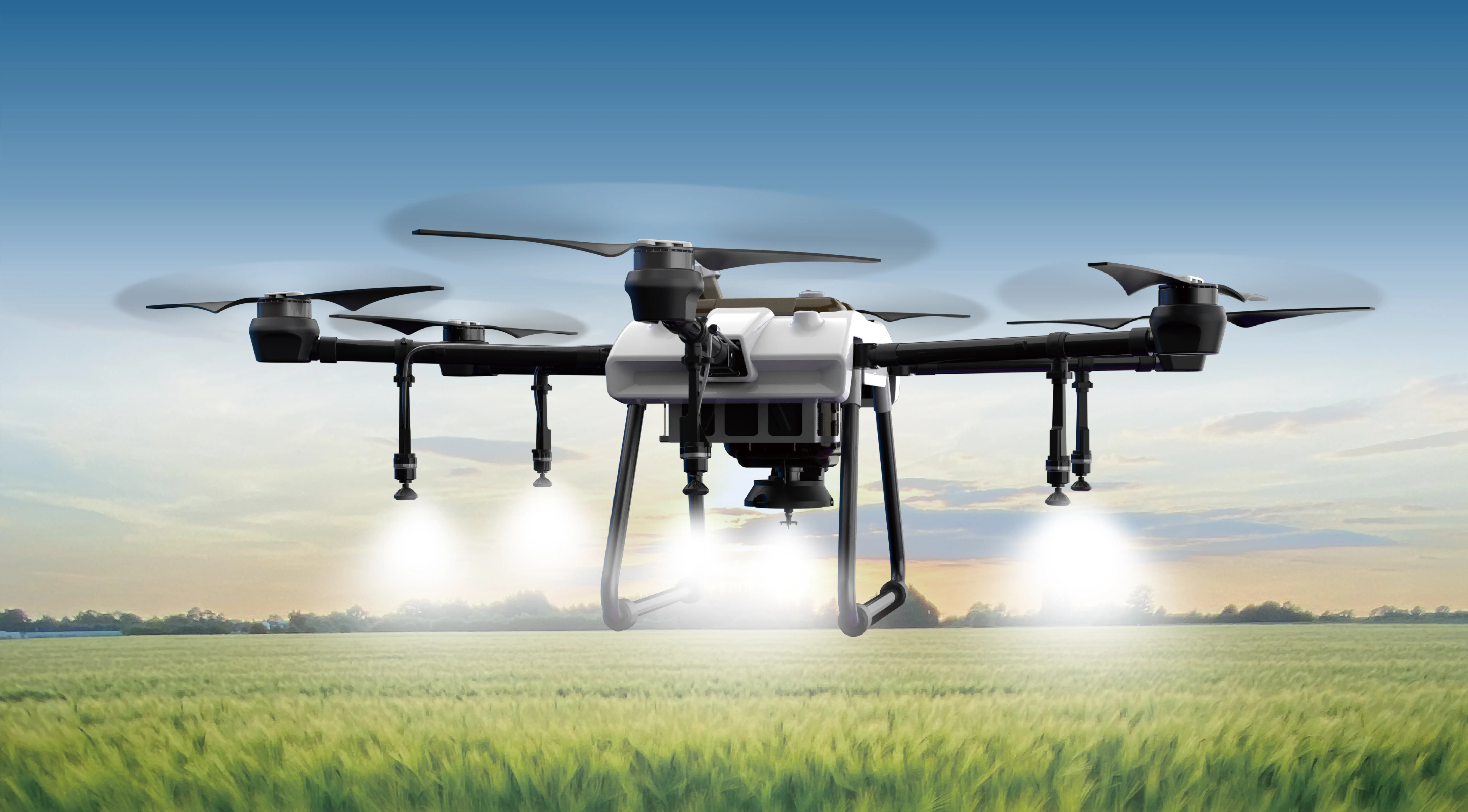Certainly! Here is the first part of the soft article on "how to connect a servo motor to Arduino" in an attractive and engaging style:

Embarking on your Arduino journey opens up a universe of exciting possibilities—robots that can dance, cameras that can pan, and robotic arms that can mimic human movements. One of the most fundamental components in these projects is the humble servo motor. Though small, it packs a punch by offering precise control over angular position, making it an essential tool for anyone venturing into robotics and automation.
But how do you connect a servo motor to an Arduino? The process isn't just about wiring; it’s about understanding the core concepts that make servo motors such reliable partners in your projects. By the end of this guide, you'll not only know how to set up your servo but also grasp the fundamentals behind controlling it effectively.
Understanding the Basics
First, let’s clarify what a servo motor is. Unlike regular motors that run continuously, a servo is designed to rotate and hold at a specific angle, determined by a control signal. Inside, it features a small DC motor coupled with a gear train, a potentiometer for feedback, and control circuitry. When you send a specific pulse width modulation (PWM) signal to its control wire, the servo rotates to the corresponding position and maintains it until the next command.
Components Needed
Here's what you'll need for your project:
Arduino board (Uno, Mega, Nano, etc.) Standard servo motor (like the SG90 or MG996R) Jumper wires Breadboard (optional but helpful) Power supply (depending on your servo's power needs) USB cable for your Arduino
Wiring the Servo
Connecting a servo to your Arduino is straightforward:
Power: Connect the servo’s power (usually red wire) to the 5V output on the Arduino. Ground: Connect the servo’s ground (black or brown wire) to one of the Arduino's GND pins. Control Signal: Connect the servo’s control (yellow or white wire) to a digital PWM pin on the Arduino; commonly, pin 9 or 10.
It might sound simple, but there's more to consider if you want your project to be robust and reliable. For example, powering the servo directly from the Arduino’s 5V pin can be tempting, especially for small servos, but if you’re using larger servos, this can lead to power issues. Instead, consider powering the servo from an external power supply, ensuring it supplies enough current without causing voltage drops that could reset your Arduino.
Powering Your Servo Properly
Large servo motors draw significant current when they move or hold position, which can cause your Arduino to reset or behave erratically if powered from the same source. The recommended approach:
Use a dedicated power supply capable of delivering the current your servo requires. Connect the power supply’s positive terminal to the servo’s V+ wire. Connect the power supply’s ground to the Arduino ground to establish a common ground reference.
Uploading Your First Sketch
Once wiring is complete, it’s time to upload some code. For beginners, the Arduino IDE has a built-in example for servo control called “Servo,” which makes it easy to get started.
Here's a simple example:
#include Servo myServo; // create a servo object void setup() { myServo.attach(9); // attaches the servo on pin 9 } void loop() { myServo.write(0); // rotate to 0 degrees delay(1000); // wait a second myServo.write(90); // rotate to 90 degrees delay(1000); myServo.write(180); // rotate to 180 degrees delay(1000); }
This sketch rotates the servo to three positions: 0°, 90°, and 180°, pausing one second at each. Upload it to your Arduino, and watch your servo move.
Established in 2005, Kpower has been dedicated to a professional compact motion unit manufacturer, headquartered in Dongguan, Guangdong Province, China.




































